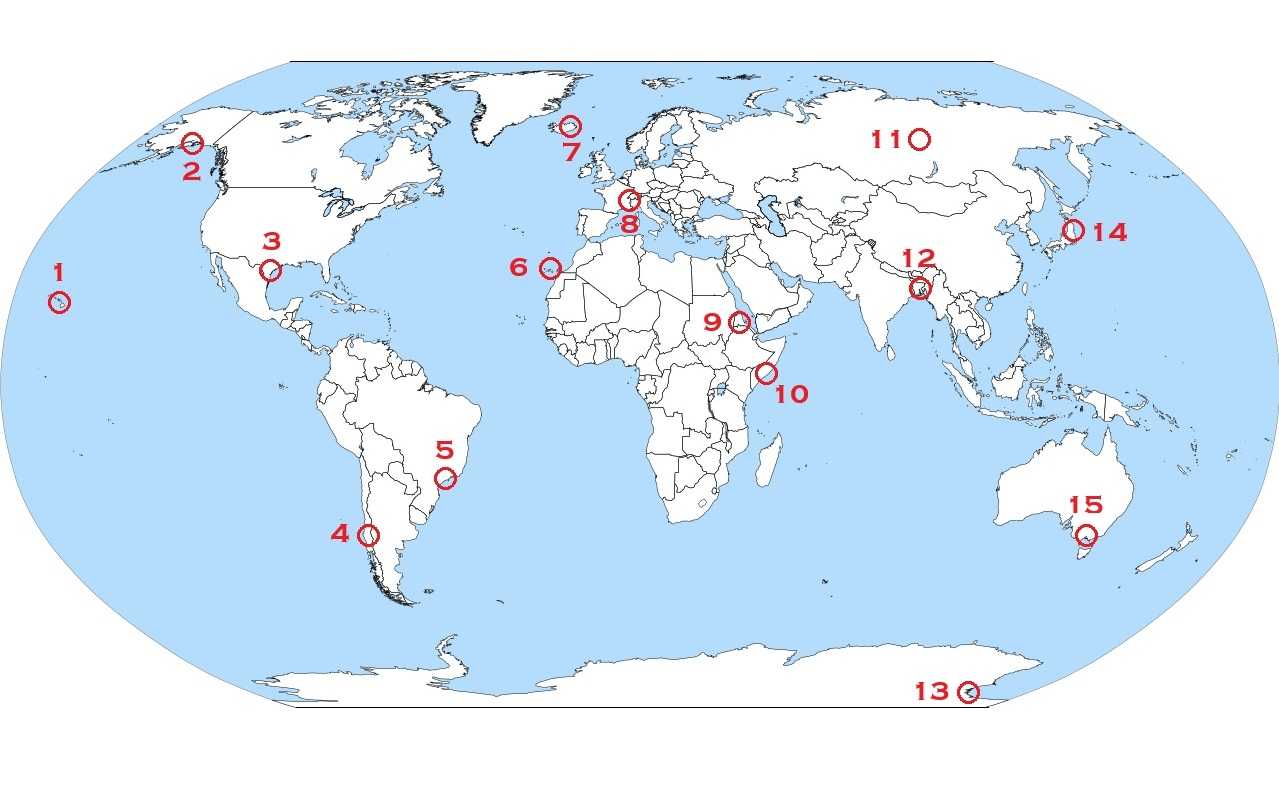
Trouble Will Find Me Trivia Quiz
Is there a place on Earth that is completely safe from disaster, either natural or man-made? Try to match specific disasters to a location on the map depicting where and when an event of that type took place.
A label quiz
by RedHook13.
Estimated time: 3 mins.
